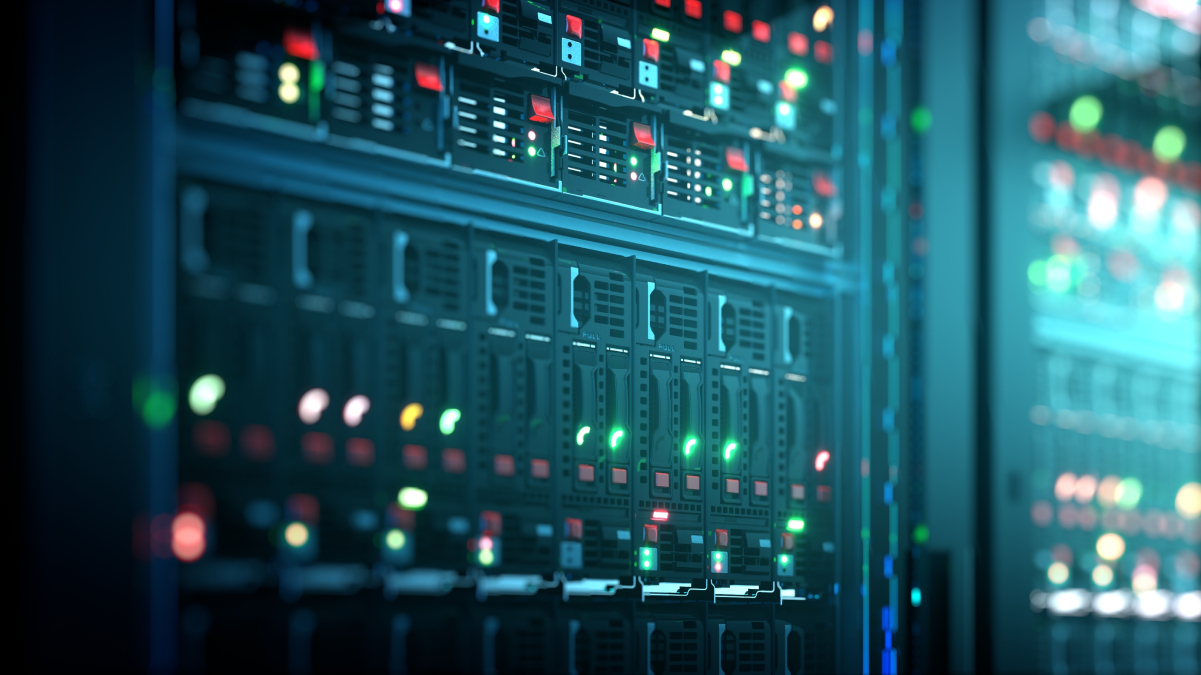The data centre industry is constantly evolving. From rising densities and new cooling technologies to shrinking budgets and shifts in environmental policies, these ongoing changes can lead to service disruption and unplanned downtime.
Against this backdrop, digital twins are a powerful tool to help enterprises minimise the chance of error and keep their data centres running smoothly and cost effectively.
So, what exactly is a data centre digital twin? In the simplest terms, it is a 3D replica of a site, that uses advanced computational dynamics (CFD) to simulate the behaviour of the physical data centre under any operating scenario. It is calibrated to exactly match the performance of its physical counterpart and gives visibility of asset placement and power utilisation. This empowers data centre design and operations teams to plan for changes and predict challenges in a safe environment. With this safeguard in place, performance can be optimised and risk minimised.
Enterprises, across a number of sectors, are already using digital twins to maximise data centre performance. Here’s how.
Fuelling performance in aerospace and automotive
Within both the aerospace and automotive industries, digital twins can be used to improve overall data centre performance. For example, digital twins have been harnessed to address cooling issues, compliance challenges, and low operating efficiency when implementing IT equipment within aerospace data centres. Employing digital twins has removed the need for time consuming and risky trial-and error-approaches in the actual data centre. And the approach has been seen to result in power consumption and energy savings of 30-40%, as well as increased efficiency and sustainability.
Meanwhile, in the automotive industry, physics-based simulation, powered by CFD, has been used to tackle data centre cooling challenges. Management teams can run different scenarios to explore how they improve energy efficiency without risk to IT equipment. These include the decommissioning of servers and placement of new equipment to check that power or cooling issues are not created. This allows data hall layouts to be refined, maximising efficiency without risk of downtime.
Collaboration in the healthcare sector
In the healthcare sector the collaboration benefits of digital twins are delivering dividends. Many healthcare organisations have numerous data centre sites comprising thousands of square feet. This makes cross-departmental collaboration and a strategic leadership approach vital for managing data centre operations.
Digital twins offer an effective, integrated system for processing and acting on IT requests quickly to avoid negative repercussions. With technology in healthcare advancing, these requests often include the implementation of high-density IT platforms with specifications beyond the facilities’ existing operations. As such, digital twins enable the successful introduction of the new units while preventing knock-on cooling challenges that could adversely impact existing IT. On both fronts, resilience and performance is optimised which impacts positively on opex costs.
Optimising cost in financial services
The final sector to explore is the financial services industry, which have also employed digital twin technology to save on data centre costs.
High density racks of around 14kW are commonplace in many financial services data centres. As such, CFD solutions are critical for identifying areas where businesses can make both big and small adjustments to fine-tune efficiency and make millions of pounds of savings.
For example, modifications to improve the efficiency of data centres can ensure cost-savings by reducing energy consumption. And as we know, energy savings are increasingly important for controlling costs because of current, record-breaking increases in energy prices.
The financial services industry can also apply digital twin technology to remove the guesswork and mitigate risk in data centres that are accustomed to faults. In the financial services industry, digital twin technology is also used to remove the guesswork in data centres to ensure optimum performance for critical business tasks.
Using a series of ‘what-if’ scenarios and a variety of designs, digital twins allow managers to understand how to improve availability, capacity and energy efficiency. With these insights, businesses can implement the necessary changes to deliver statistically significant improvements to data centre layouts, while managing environmental impact, ensuring uptime, and reducing risk.
Finally, the intelligent use of digital twins can even delay the need to build new data centre sites. By using a digital twin to monitor and report on available cooling, space, power and network capabilities, data centre managers have the insight they need to boost capacity and extend the life span of the site – which in turn delivers strong savings.
Future proof data centres and businesses with digital twins
Where there is a data centre there is a need for a digital twin. The technology empowers design and operations teams across sectors to maximise data centre performance and boost efficiency while reducing costs and mitigating risks. Digital twin technology can also support sustainability initiatives – by improving energy efficiency – which is becoming increasingly important as businesses look to reduce their carbon footprints. As such, it is a technology all managers should be considering as they look to future proof their data centres and businesses as a whole.


